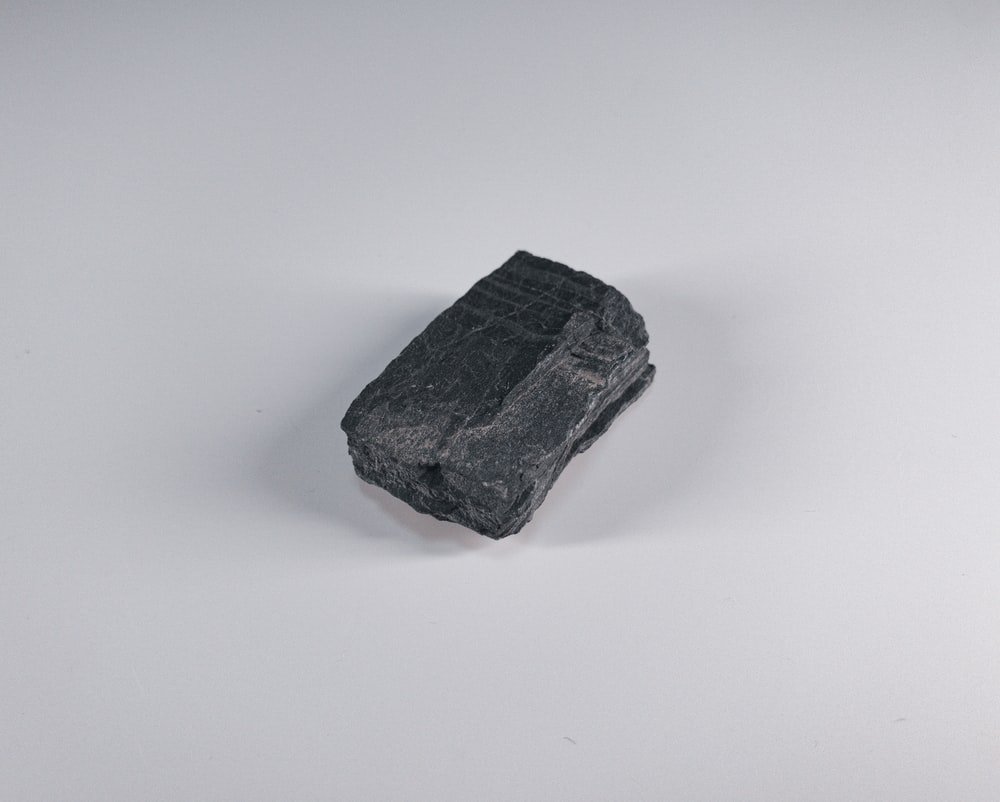Transformation Under Pressure
A TWU chemistry major dropped into a lounge chair in the Neufeld Science Centre beside her studying friends and exclaimed, “I feel like the apple at the bottom of the barrel! Everything is piling up on me.”
“A rotten apple?” joked one friend. “Say a rock instead! You can do this,” exclaimed another.
“No,” stated the third quietly. “A lump of coal.”
Exclamations of disbelieve elicited the simple explanation. “I’m not insulting you. Carbon under pressure transforms into diamond.”
Coal contains primarily elemental carbon contaminated with trace elements such as sulfur. The predominant morphology is graphite, a solid form of carbon that appears black and crumbly. Each carbon atom adopts an sp^(2) hybridization, resulting in three bonds to three nearest carbon neighbours in the same plane. The resulting sheet of carbon atoms displays an interlocked hexagon pattern similar to honeycomb. As multiple sheets stack like pages in a book, a delocalized p–electron system above and below each sheet acts like tiny cushions, attracting the sheetstogether but holding them apart sufficiently to permit one to slide past the other. This sliding motion makes graphite an effective dry lubricant in situations where oil cannot work. The delocalized p–electron system also permits graphite to conduct electricity, an unusual property for a nonmetal element.
Placing graphite under sufficient pressure and heat forces the carbon atoms to move into a new bonding configuration. Each carbon shifts to sp^(3) hybridization, bonding to four nearest neighbours in a vast three-dimensional network of stable covalent bonds. Chemists call the repeating unit adamantal to signify its strength. In short, the graphite transforms into diamond.
Every person experiences stress and difficulty living on earth, which we appropriately call the pressures of life. What is within – our character – determines our responses to these pressures.Under pressure, a rotten apple disintegrates into a disgusting mush that accelerates the decomposition of other apples. Attitudes of bitterness, complaining and rebellion spewing out of the heart quickly disintegrate a life. A rock resists pressure, true, but without transformation into a gem. Some people endure difficult times without measurable growth in character. Pure carbon, under sufficient pressure and heat, transforms into precious diamond. Likewise, some souls convert the difficulties of life into precious eternal treasure in the form of Christ-like character.
Let us question our own heart: what is within us? How do we respond to the transforming processes of life? As the living spirit of Christ provides the “pure carbon” within me, am I cooperating by casting out the impurities? Do I truly and fully trust God to regulate the “pressure” in my life to transform me into the “diamond” likeness of Christ? Take courage to endure under pressure, with our eyes fixed on Christ!


